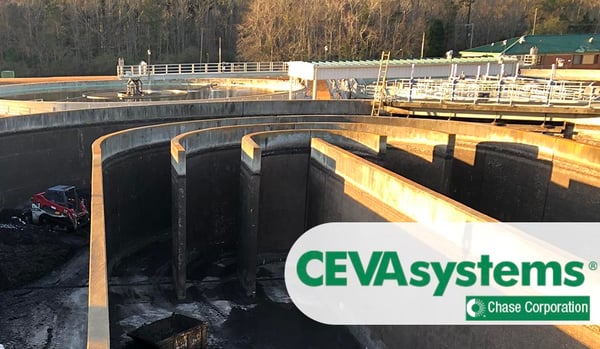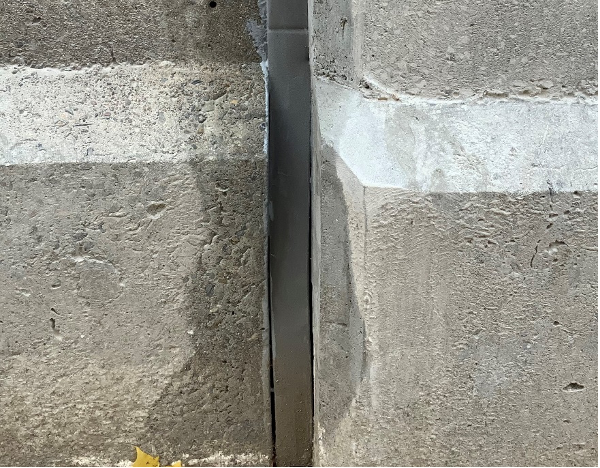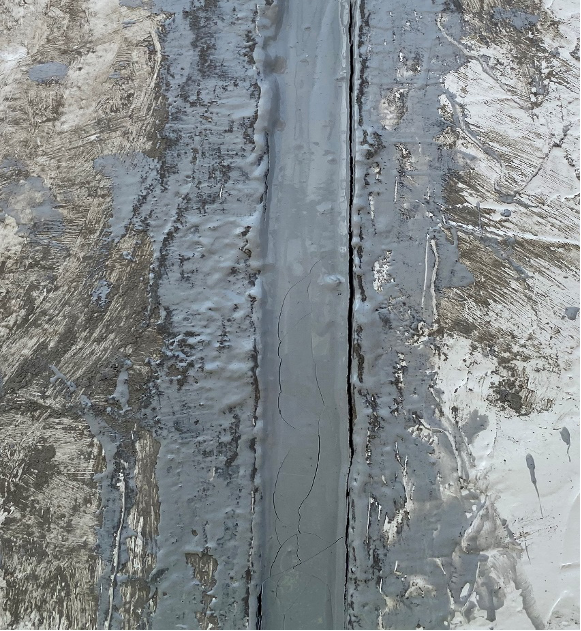The performance of an expansion joint in various service conditions depends, in large part, on the...
Expansion Joint Installation Practice for Water Treatment Facilities
 Expansion joints are narrow openings between sections of a concrete wall or two floor slabs. Such joints are designed to control thermal expansion and contraction.
Expansion joints are narrow openings between sections of a concrete wall or two floor slabs. Such joints are designed to control thermal expansion and contraction.
Designers specify different expansion joint systems depending on the type and purpose of the structure. Some joints may carry pedestrian or vehicle traffic, some require a fire rating, while others are designed to be waterproof. In all cases, the expansion joint material must be flexible enough to maintain the seal between the sections as the structure expands or shrinks due to temperature fluctuations.
Related article: Expansion Joints & Wastewater/Water Treatment Plants
The construction of water treatment facilities or flood walls requires a flexible and waterproof expansion joint system. One of the commonly specified materials for these systems is a closed-cell foam seal. Though the installation of the closed-cell foam system is a straightforward process, there are several potential mistakes that can be made during the construction process as listed below:
- The preformed joint material should be 25% wider than the existing opening. If the joint opening is greater than 25% or not evenly formed, the full contact seal is hard to accomplish.

Figure 1. Incorrectly Sized Joint Seal
- The cleaning of excess epoxy bonding agent from the surface of the material immediately after installation is critical for this system. If built-up epoxy is left on top of the expansion joint foam, the bonding agent eventually will crack and potentially compromise the integrity of the foam seal material and cause the premature failure of the expansion joint.

Figure 2. Excess Epoxy Left on Seal Surface
- The two-component epoxy bonding material has a typical pot life of thirty minutes at 70° Fahrenheit. Temperatures rising above 70° Fahrenheit will begin to cause the material’s pot life or working time to shorten.
A correctly designed and installed closed-cell foam expansion joint system will withstand numerous temperature cycles and is a major factor in achieving the structure’s anticipated service life.
If you have any questions or require information for your next paving project, please visit the Chase website at www.chasecorp.com/Expansion .







